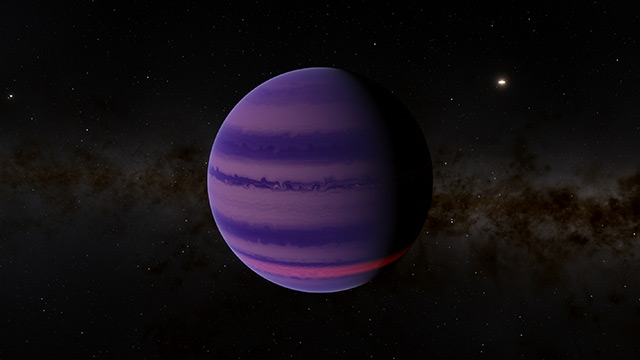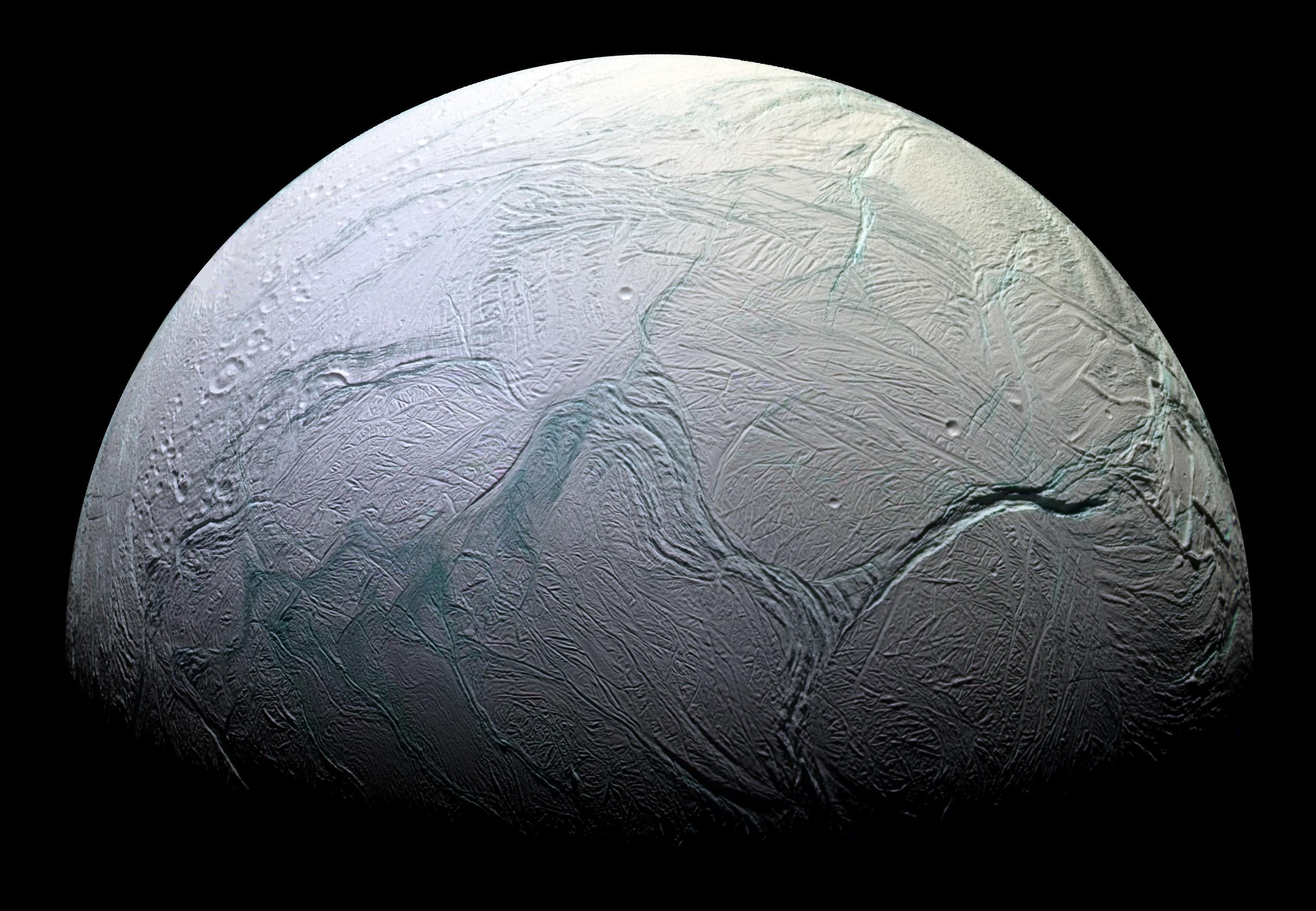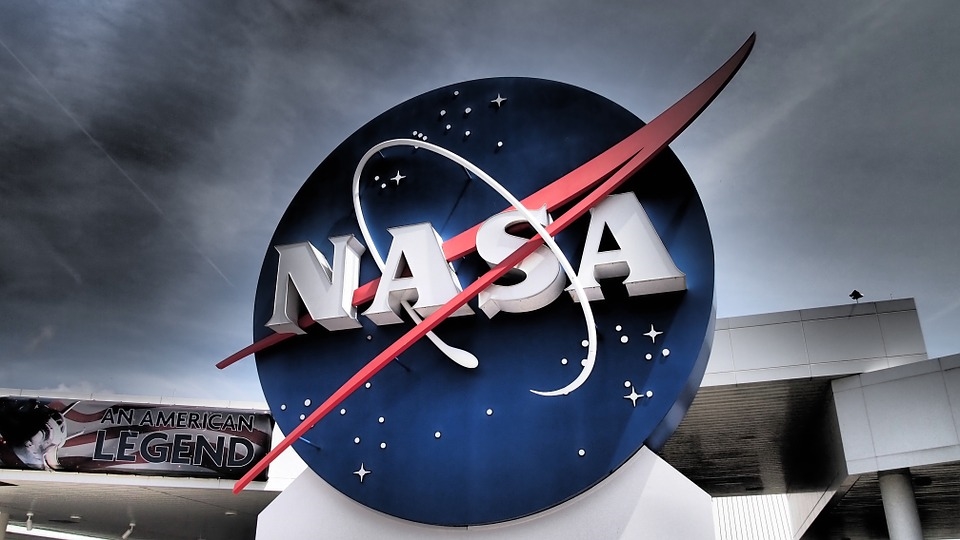New study sheds light on the nature of “whistlers”, ultralow frequency radio waves
11/05/2018 / By Edsel Cook

Whenever a bolt of lightning strikes one of the Earth’s natural magnetic fields, the event generates radio waves called “whistlers.” A novel American study has made new discoveries about these phenomena that could potentially be used to improve existing plasma technology, an article in Science Daily stated.
Whistler waves are packets of very low frequency (VLF) radio waves. Discovered during the first few decades of the 20th century, they got their name because they made whistling noises over the early radios that detected them during stormy weather.
Whistlers are intimately connected to magnetic fields. The VLF radio wave packets travel in the same direction taken by the magnetic forces of a field.
In addition to guiding whistlers, magnetic fields also act as containers for ionized particles called plasma. Some of these fields are found at the upper levels of the atmosphere, high enough to count as being in space, which earns their energized contents the term “space plasma.” (Related: Space probe records Saturn “singing” to its weirdest moon.)
The whistling noise you hear over your radio during stormy weather
A research team from the University of California Los Angeles (UCLA) investigated the interaction between whistler waves and space plasma. Their findings could contribute to the development of practical technologies that manipulate plasma using magnetic fields.
“We have discovered new effects of these so-called whistler waves,” explained UCLA researcher Reiner Stenzel, the primary author of the study. “These new laboratory studies will help expand our knowledge on this intriguing electromagnetic phenomenon and suggest new applications and possible inventions.”
Stenzel explained that whistlers travel through the ionosphere and magnetosphere of the Earth. The speed of the waves is determined by their frequency: The lower the frequency, the slower the wave travels.
These VLF waves could be picked up by simple radio receivers, such as the ones entering widespread use during the 1900s. On the radio, the whistling sound came from the way the pitch of the wave dropped as it slowed down.
Stenzel and his co-author, Manuel Urrutia, studied the behavior of whistler waves in irregular magnetic fields. They filled a chamber with plasma and then used magnetic antennas to generate very low frequency radio waves inside the container.
The researchers evaluated the ways that whistlers grow, propagate, and decay through 3D space filled with energized particles. A movable probe permitted them to view a wave from different angles.
Furthermore, they exposed the whistler waves to different magnetic conditions. They studied the behavior of the waves upon encountering straight magnetic lines, circular magnetic lines, and magnetic null points that were bereft of any magnetic field.
Irregular magnetic fields change the behavior of whistler waves
When whistler waves move through magnetic lines, they normally take a path that resembles a helix. This behavior classes them under helicon waves, a group of electromagnetic waves with low frequencies that travel in a helical pattern. However, the UCLA researchers reported that the whistler waves acted differently than predicted when they encountered irregular magnetic fields.
“Our laboratory experiments reveal three-dimensional wave properties in ways that simply cannot be obtained from observations in space,” Stenzel explained. “This enabled us to study continuous waves as well as the growth and decay of waves with amazing detail. This produced unexpected discoveries of wave reflections and of cylindrical whistler modes.”
Furthermore, helicon waves apply pressure and torque upon the electrons of any plasma that they encounter. This interaction could be used in the development of plasma thrusters, which use electromagnetic fields to expel plasma propellant at speeds greater than current chemical rockets.
If you would like to learn more about the whistler waves that travel through the magnetically-charged parts of our atmosphere, visit Cosmic.news.
Sources include:
Tagged Under: earth's magnetic field, electromagnetic fields, magnetic fields, physics, plasma, radio waves, space science, weird science, whistler waves



















